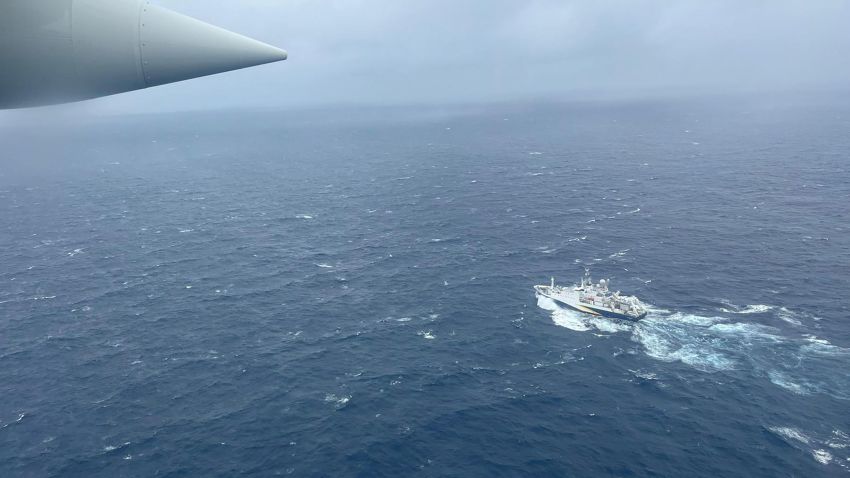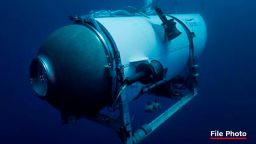Authorities in Canada and the US each announced the launch of investigations Friday into the implosion of the Titanic-bound submersible that killed all five passengers.
It is unclear whether the probes by the Transportation Safety Board of Canada and US Coast Guard would be one single investigation or two separate, simultaneous examinations. The US National Transportation Safety Board will assist the Coast Guard, the agency tweeted.
The announcements came as investigators continued to scour the ocean floor for any insight into the “catastrophic implosion” on the Titan submersible that suddenly lost communication with its mother ship, Polar Prince, last weekend, officials said.
“The Transportation Safety Board of Canada (TSB) is launching an investigation into the fatal occurrence involving the Canadian-flagged vessel Polar Prince and the privately operated submersible Titan,” the agency announced in a statement.
A dayslong international search effort concluded Thursday after debris from the Titan was found about 1,600 feet from the historic wreckage of the Titanic. Military experts found the debris was consistent with the disastrous loss of the small vessel’s pressure chamber, US Coast Guard Rear Adm. John Mauger announced.
The passengers killed were a Pakistani businessman and his son, Shahzada and Suleman Dawood; British businessman Hamish Harding; French diver Paul-Henri Nargeolet; and Stockton Rush, the CEO of the vessel’s operator, OceanGate Expeditions.
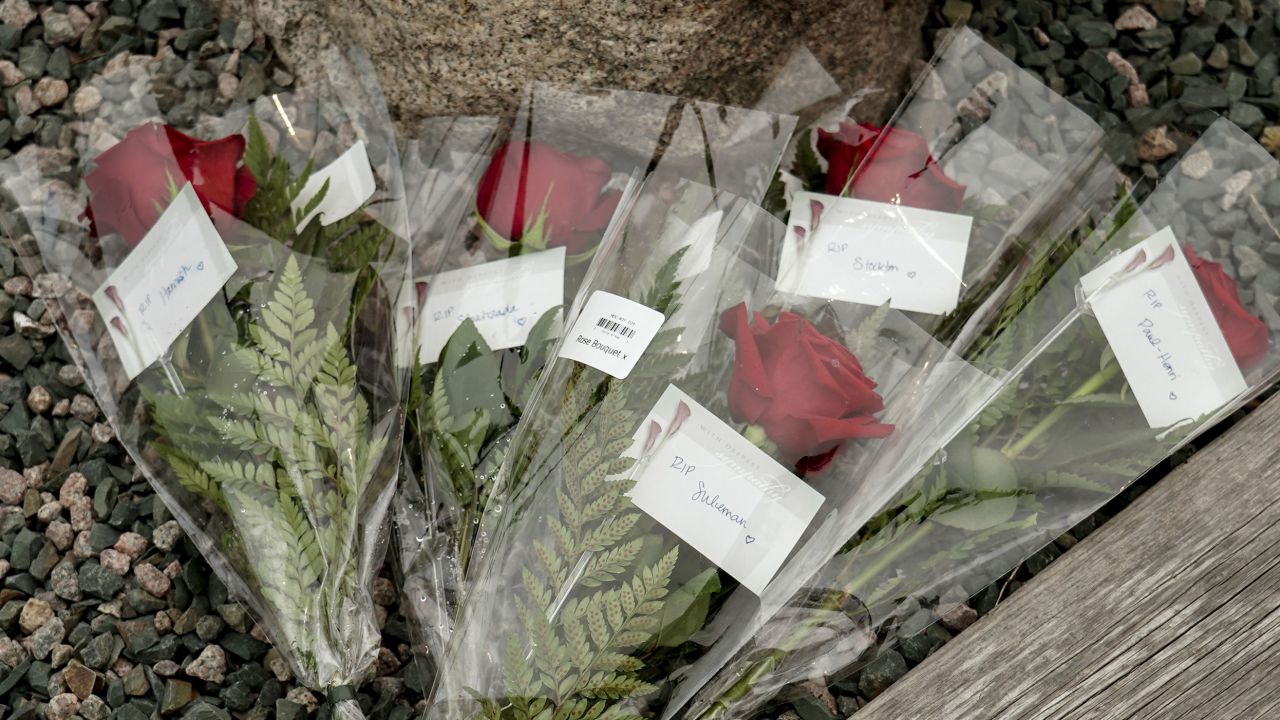
As officials work to determine the timeline and circumstances of the accident, remotely operated vehicles will be used to map out the Titan’s debris field more than 2 miles deep in the North Atlantic Ocean, Mauger said.
A new, second mission of the Odysseus 6K ROV began late Friday morning to continue searching and mapping efforts, Jeff Mahoney, spokesperson for Pelagic Research Services, told CNN.
Any attempts to recover anything from the debris field will warrant a larger operation in tandem with Deep Energy, another company assisting with the mission, because the debris will likely be too heavy for Pelagic’s ROV to lift by itself, Mahoney said. The recovery efforts would include using rigged cabling to pull up any debris.
ROV missions are expected to continue for about another week, according to Mahoney.
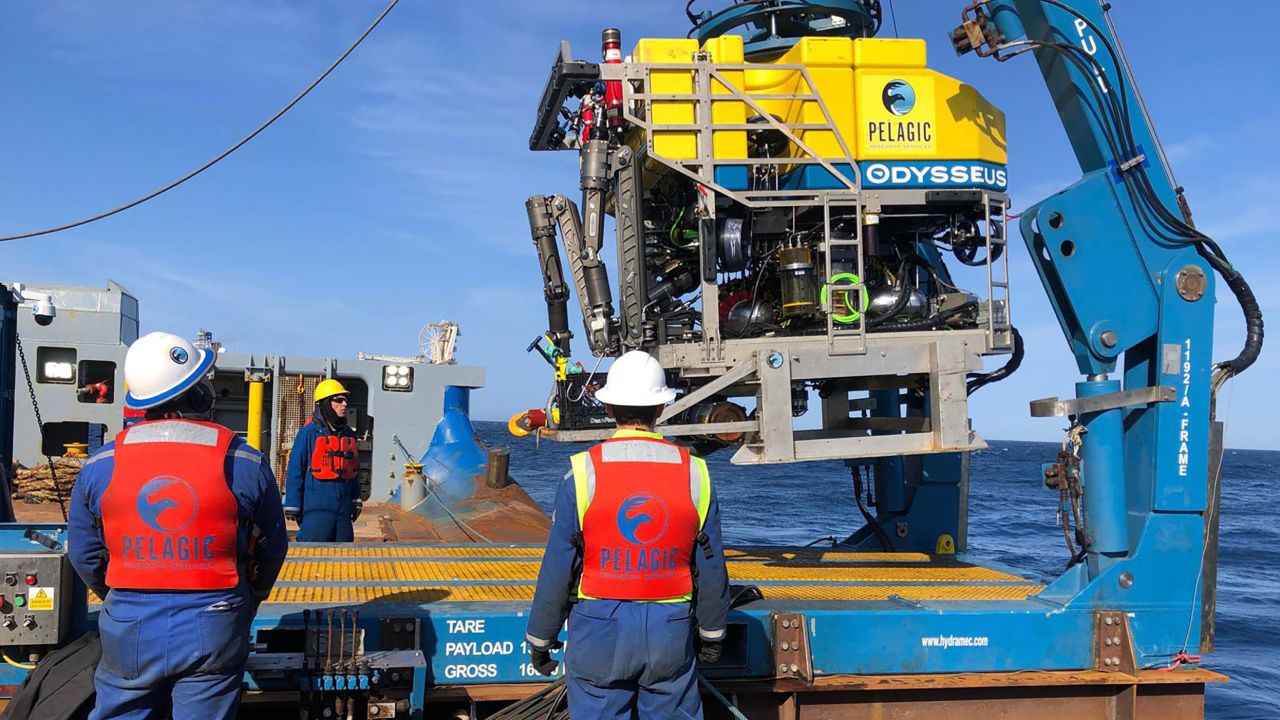
OceanGate co-founder Guillermo Sohnlein asked people not to rush judgment over the catastrophic loss.
“There are teams on site that are still going to be collecting data for the next few days, weeks, maybe months, and it’s going to be a long time before we know exactly what happened down there,” Sohnlein told CNN on Friday morning. “So I would encourage us to hold off on speculation until we have more data to go on.”
Meantime, Titan’s mother ship leaves the search area Friday and is expected arrive back at port in St. John’s, Newfoundland, by early Saturday, a source with Horizon Maritime, the company that owns the ship, told CNN’s Miguel Marquez. Marine traffic tracking sites Friday morning show a line of ships headed back to St. John’s.
Officials have yet to conclusively determine whether the devastating implosion occurred at the moment when the submersible stopped communicating about 1 hour and 45 minutes into its dive, Mauger said.
A Navy review of acoustics data detected an “anomaly consistent with an implosion or explosion” on Sunday in the general area the Titan was diving when it went silent, a senior Navy official told CNN. The information was “immediately shared” with on-scene commanders leading the search and used to narrow the search area, the official said. The sound was determined to be “not definitive” and “the decision was made to continue our mission as a search and rescue and make every effort to save the lives on board.”
Once the search began, crews had sonar buoys in the water “nearly continuously” and did not detect any “catastrophic events,” Mauger said.
When asked whether any remains may be recovered, Mauger noted the “incredibly unforgiving environment,” adding, “I don’t have an answer for prospects at this time.” A medical expert said a deep-sea implosion would leave behind no recoverable remains.
“There would be virtually nothing,” Dr. Aileen Marty, a disaster medicine expert at Florida International University, told CNN’s Anderson Cooper. “They’re very unlikely to find anything there of human tissue.”
OceanGate touted its dives as a “truly extraordinary” once-in-a-lifetime experience amid a growing industry of adventure tourism for the ultra-wealthy. A seat on a Titanic expedition cost each passenger $250,000, an archived version of OceanGate’s website shows.
But the tragedy has renewed scrutiny of OceanGate’s operations and the development of the 21-foot, 23,000-pound Titan craft amid mounting reports of safety concerns, mechanical problems and an alleged disregard for regulatory processes.
A company that certifies marine vessels told CNN on Friday it declined a request from OceanGate to certify Titan four years ago.
Lloyd’s Register, a marine certification company, did not say why it declined to work with OceanGate on what is typically a lengthy, expensive process to certify a vessel.
The two companies came together in 2019 for Titan’s first depth dive. At the time, OceanGate put out a news release saying the dive “was validated by a representative from Lloyd’s Register.” While it invoked the name of the certification agency, OceanGate did not say the submersible had been certified, just that the dive itself had been verified.
OceanGate co-founder defends sub deployment
As OceanGate faces questions about its operations and safety practices in the wake of the Titan’s fatal implosion, Sohnlein also defended the company’s approach to designing and deploying the vessel.
Sohnlein had “complete faith” in co-founder Rush, who had previously expressed skepticism of regulations that might slow innovation, he said.
“I’ve broken some rules to make this,” Rush told travel blogger Alan Estrada of the Titan in 2021.
Rush was not a “risk taker,” he was a “risk manager,” Sohnlein said.
“We won’t know anything until the investigation is complete and all the data is collected, so I’ll reserve judgment,” Sohnlein said. “But I’ve known him for 15 years, and none of this would change my mind.”
Jay Bloom and his son Sean, 20, were both worried about the submersible so they canceled their seats on the failed expedition.
As he researched the Titan, “I saw a video of Stockton explaining how the submarine worked with the remote and everything like that and I saw a lot of red flags with it,” Sean Bloom said, adding he didn’t think the submarine could survive the depths a voyage to the Titanic requires. “When we tried to ask Stockton questions, he kind of brushed it off a little bit.”
Jay Bloom said Rush flew out to Las Vegas several times earlier this year and met with them about going on a voyage.
“I think his heart was in the right place. He really was passionate about his project,” he told CNN’s “Erin Burnett OutFront.”
He thinks that passion blinded Rush to problems.
“He wasn’t objective. And he didn’t look at the things that I saw and that others saw that were problematic because it didn’t fit his narrative. And it’s unfortunate,” Jay Bloom said.
Read more
NASA’s Marshall Space Flight Center had a Space Act Agreement with OceanGate and provided consultation on materials and manufacturing processes for the submersible, but didn’t conduct testing and manufacturing through its workforce or facilities, NASA said in a statement to CNN Friday.
“We are deeply saddened by the reports of a catastrophic implosion involving the Titan submersible,” they said. “We extend our heartfelt condolences to the crew members’ families for their loss.”
At least two former OceanGate employees voiced safety concerns about the development of the vessel’s hull years ago, including about testing procedures and the thickness of its carbon fiber frame, CNN has reported.
That carbon fiber hull design “demanded special extra attention” William Kohnen, chair of the Marine Technology Society’s Submersible Committee, told CNN’s Cooper on Friday. “Just because that had never been done before. It meant an additional effort and probably quite a bit of extra testing to get passed through that certification process.”
Kohnen raised concerns with Rush about moving quickly and ignoring community knowledge surrounding submersibles, he said, and the response, which wasn’t unique to the industry, was that “the existing regulations are stifling innovation and it’s too slow and we have a better method.”
Additionally, Kohnen said, requests were made for OceanGate to “clear up” its website to use language that was more transparent about the Titan’s design.
“And that they did, I mean in the end it was very clear that it was experimental and not certified and that’s part of public safety,” Kohnen said. “One aspect is, full disclosure … and then it leaves some of the decisions to people to make.”
Additionally, uncertainty after a 2021 Titan test dive led Discovery Channel’s “Expedition Unknown” host Josh Gates and his team to decide not to film a segment on the vessel as it “became clear to us at that time that there was a lot that needed to be worked out with the sub,” he said.
“A lot of the systems worked, but a lot of them really didn’t. We had issues with thrusters and issues with computer control and things like that,” Gates said. “Ultimately, it was a challenging dive.”
The company has also grappled with a series of mechanical problems and inclement weather conditions that forced the cancellation or delays of trips in recent years, according to court records.
The difficulties led to a pair of lawsuits in which some high-paying customers sought to recoup the cost of excursions they said they didn’t take and alleged the company overstated its ability to reach the Titanic wreckage.
OceanGate did not respond to the claims in court and could not be reached for comment.
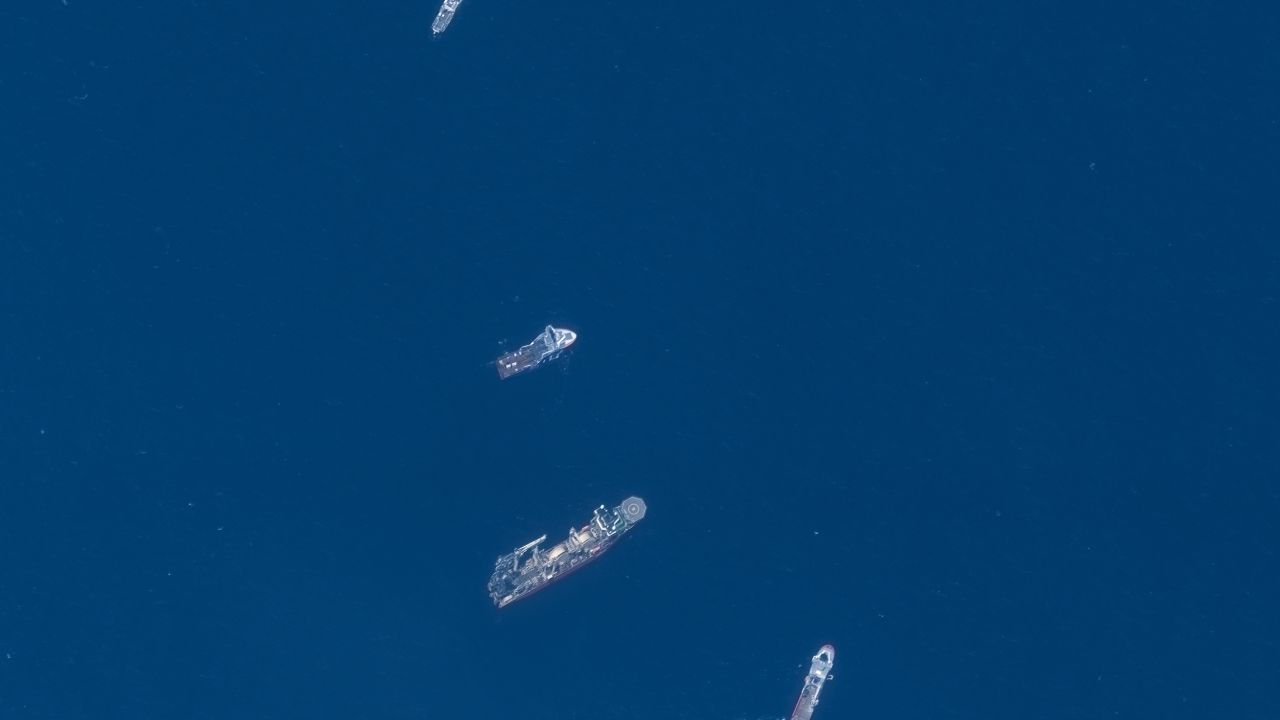
Loved ones mourned as intrepid adventurers
In addition to Rush, who was piloting the Titan expedition, the victims include two veteran explorers and the father-son duo from Pakistan.
Nargeolet, the French diver, was accompanying the mission as a content expert intimately familiar with the Titanic wreckage, according to OceanGate’s archived website.
He served as the director of underwater research at RMS Titanic Inc., the company that holds exclusive rights to salvage artifacts from the ship. Nargeolet had performed 35 dives to the wreck and oversaw the recovery of 5,000 artifacts, according to his biography on the company’s website.
The diver’s family remembered him as a beloved father and husband who “will be remembered as one of the greatest deep-sea explorers in modern history.”
“But what we will remember him most for is his big heart, his incredible sense of humor and how much he loved his family. We will miss him today and every day for the rest of our lives,” his wife and children said in a statement Thursday.
Harding, the British businessman, had a remarkable resume of extreme expeditions, participating in several record-breaking trips. He was a member of a 2019 flight crew that broke the world record for the fastest circumnavigation of the globe via both poles and in 2020 became one of the first people to dive to Challenger Deep in the Pacific Ocean, widely believed to be the deepest point in the world’s oceans.
The globetrotter owned the aircraft brokerage Action Aviation and was beloved by his wife and two sons, his family said in a statement.
“He was a passionate explorer – whatever the terrain – who lived his life for his family, his business and for the next adventure,” the statement said. “What he achieved in his lifetime was truly remarkable and if we can take any small consolation from this tragedy, it’s that we lost him doing what he loved.”
Pakistani billionaire Shahzada Dawood and his son Suleman were also on the Titan. Their family’s business, Dawood Hercules Corp., is one of Pakistan’s largest corporations.
“Please continue to keep the departed souls and our family in your prayers during this difficult period of mourning,” family patriarch Hussain Dawood and his wife Kulsum said in a statement Thursday.
Shahzada Dawood was intelligent and perpetually curious, his friend Bill Diamond told CNN Wednesday. He didn’t think of Dawood as an adventurist but believes he was aware of the Titan trip’s risks, Diamond said.
CNN’s Alisha Ebrahimji, Sara Smart, Aaron Cooper, Paul P. Murphy, Oren Liebermann, Curt Devine, Isabelle Chapman, Gabe Cohen, Kristina Sgueglia, Nouran Salahieh, Priscilla Alvarez, Mostafa Salem, Sofia Cox, and Hira Humayun contributed to this report.

